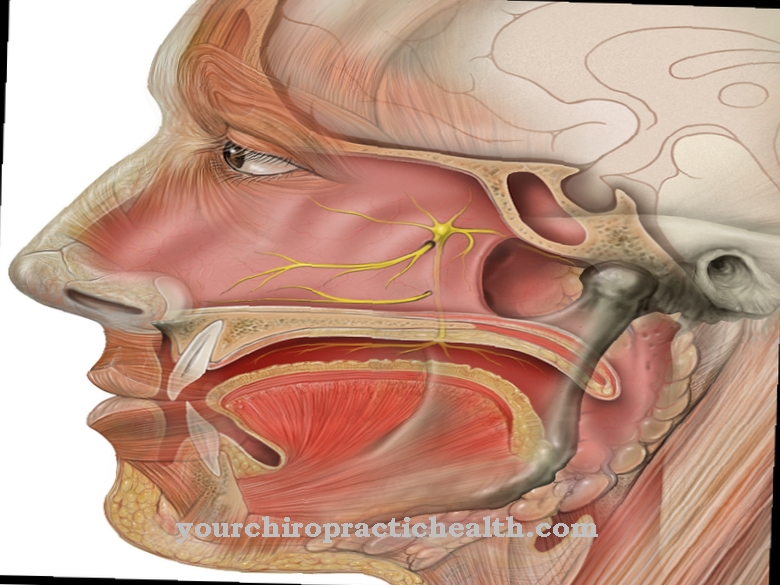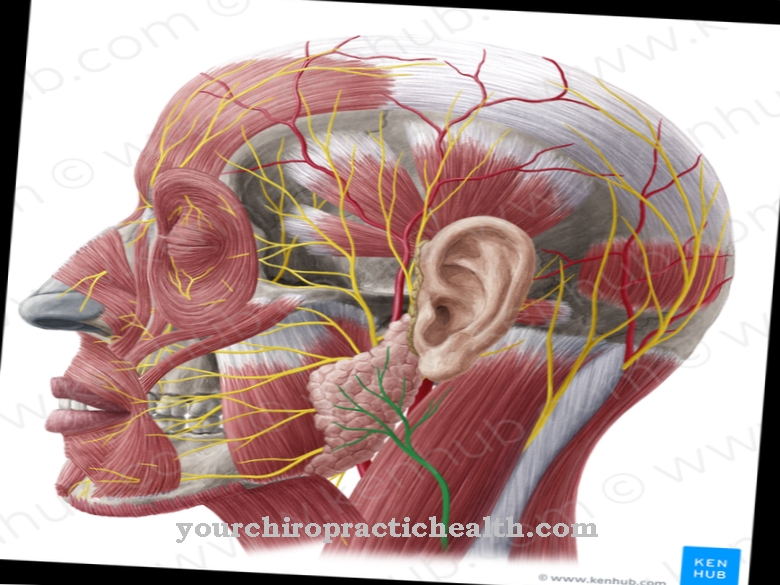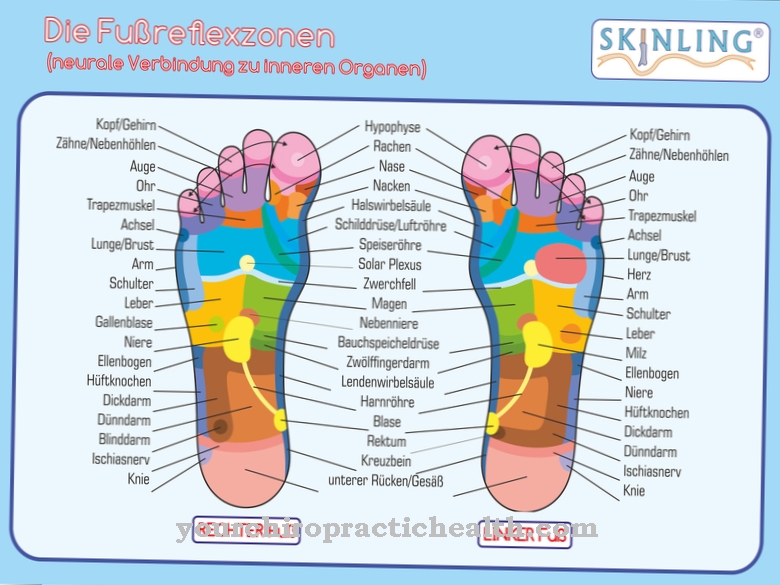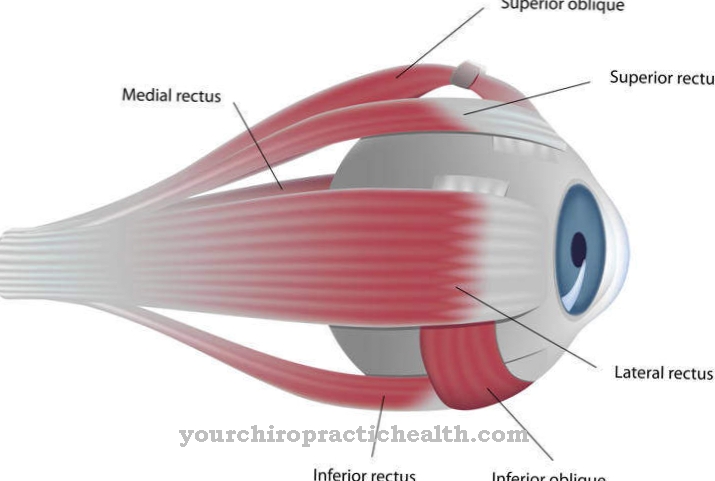Just one intact Cornea is a guarantee for a clear view. With its enormous refractive power, it is of great importance for vision. The cornea needs special attention because it is directly exposed to the environment with the various hazards.
What is the cornea of the eye?
In addition to the dermis, the cornea (Latin: cornea) is part of the outer skin of the eye. The eyeball is almost completely covered by the opaque dermis, except for the front part, which is occupied by the transparent, more curved cornea.
Due to the curvature, the incident light rays are bundled before they reach the lens. The diameter of the cornea is about 13 millimeters, the thickness in the middle about half a millimeter. There are no blood vessels there to obstruct the view.
The supply of nutrients takes place via the aqueous environment: via the aqueous humor and the tear fluid. The region where the cornea and dermis meet is called limbus (Latin for: edge). Behind the cornea are the pupil and the iris (Latin: iris).
Anatomy & structure
The cornea is made up of five layers. On the surface there is a multilayered squamous epithelium: a layer of cells with flat, interconnected cells that lie close together like cobblestones. The thickness is one tenth the thickness of the cornea. The epithelium is able to renew itself approximately every seven days. The last layer of the epithelium borders on the basement membrane, which merges into the so-called Bowman membrane.
The Bowman membrane is a solid and cellless layer that provides stability. It cannot renew itself. The stroma is directly attached to the Bowman membrane. The stroma is a connective tissue-like structure and makes up 90 percent of the total thickness of the cornea. Structural proteins (collagens) are responsible for the firmness and shape. The 78 percent water content and the special arrangement of the collagen units ensure the transparency of the cornea.
Collagen fibers of a different composition than in the stroma are part of the adjacent basal membrane. It is called the Descemet membrane and is very resistant despite its small thickness. The single-layer corneal endothelium, which represents the fifth layer, follows in the direction of the anterior chamber of the eye.
Function & tasks
Due to its transparency, the cornea can fulfill an important task: the unhindered passage of light rays to the retina. At the same time it has a protective function. It serves as a kind of windshield of the eye and is therefore a barrier against harmful external influences such as foreign bodies and germs.
In the case of smaller defects, the upper layers are able to repair them again with rapidly regrowing cells and thus avoid infection in the eye. The cornea acts as a filter with regard to the dangerous UV radiation in sunlight. The most important property within the visual process is the ability to precisely refract the incident light so that it reaches the retina through the lens. Due to its strong curvature, the cornea contributes two thirds to the total refractive power of the visual apparatus.
This corresponds to around 40 of a total of 65 diopters. The diopter measurement unit is used to indicate the refractive power (also: refractive power) of optical systems. The refractive effect is supported by the aqueous humor located between the cornea and the lens. The functioning of the eye is comparable to that of a camera. The cornea and the lens function as a refractive medium like the lens system in the camera, the iris and the diaphragm and the retina correspond to the film.
You can find your medication here
➔ Medicines for eye infectionsIllnesses & ailments
One of the most common visual disorders affecting the cornea is astigmatism, which is also known as astigmatism. The cornea is irregularly shaped or curved to different degrees in those affected. As a result, the incident light rays are not bundled into one point, so that the images appear distorted.
This visual disorder is often congenital and often occurs together with nearsightedness or farsightedness. Corneal diseases can be inflammatory, non-inflammatory in nature or caused by injuries. The seldom occurring, non-inflammatory disorders are based on changes in shape that lead to functional restrictions. In keratoconus, a cone-shaped deformation forms in the center of the cornea, which thins and can tear as a result.
Corneal inflammation (Latin: keratitis) can be caused by bacterial or viral infections, drying of the cornea (for example, the blinking of the eye too seldom) or foreign bodies. A corneal ulcer (Latin: Ulcus corneae) can develop from a cornea damaged by pathogens. As a rule, only the top layers are affected by this ulcer. If sharp bodies pierce the cornea, they can trigger infections in addition to the injury.
Injuries with chemicals such as alkalis and acids are particularly dangerous because of their serious effects. Scars containing connective tissue form on the affected areas and vessels sprout into the cornea, impairing visibility. Corneal opacity can be the result. Another cause of corneal opacity is swelling of the cornea, which leads to water retention. They can occur as complications from inflammation or ulceration of the cornea.





.jpg)





















